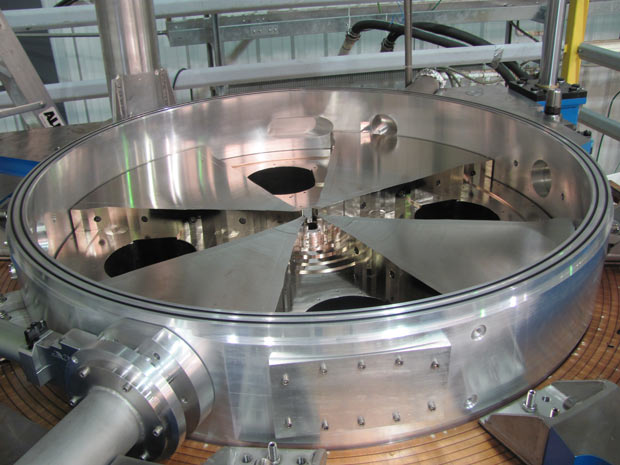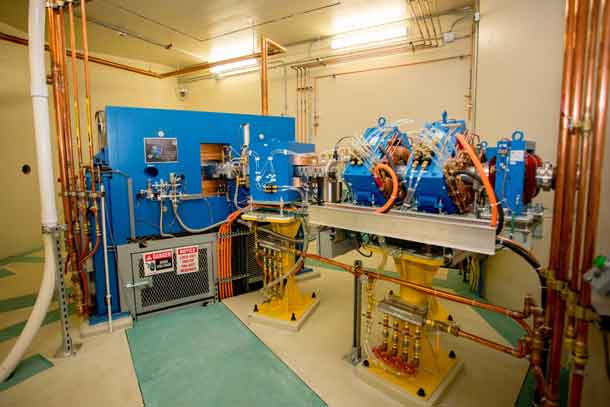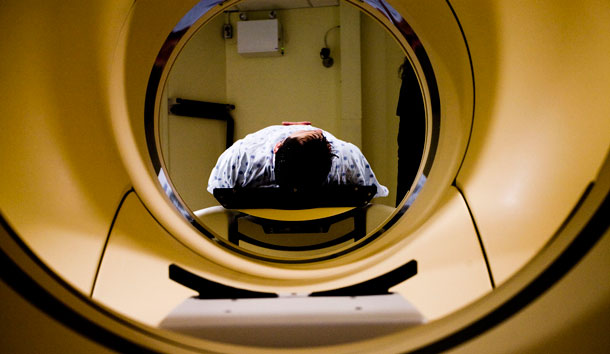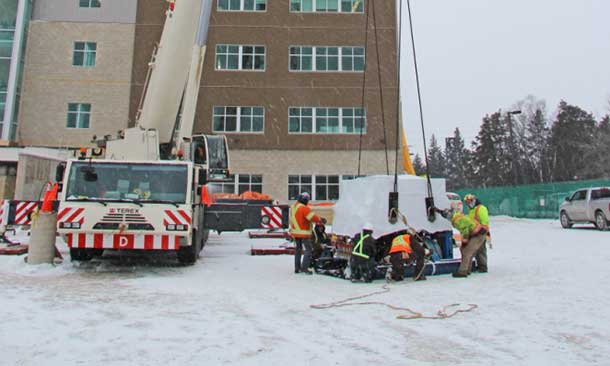
THUNDER BAY – Health – Thunder Bay Regional Research Institute (TBRRI) has confirmed that the Cyclotron and Radiopharmacy is going to be housed at the new Health Services Centre. The new facility is being built at 1040 Oliver Road.
“We took the time to analyze several locations and determined that the Health Services Centre, with its close proximity to the hospital, would be the most suitable,” stated Scott Potts, Executive Vice President, Corporate and Diagnostic Services for TBRHSC. “This facility will provide a valuable source of medical isotopes to the hospital and will support world class research in medical imaging already being conducted at TBRRI”.
Thunder Bay Regional Research Institute
Along with the economic benefits, the permanent location for the cyclotron also has a long-term, positive impact on the level of care for patients in Northwestern Ontario. “This is yet another indication of how far patient care has progressed in our region thanks to the efforts of TBRRI, the research arm of the Health Sciences Centre” says Susan Fraser, Board Chair of TBRHSC. “We are excited to have a permanent home for the Cyclotron and Radiopharmacy, which will undoubtedly help improve patient care and contribute to the future development of new treatments and services.”
The Thunder Bay Regional Health Sciences Foundation supports projects aimed at improving patient care such as the cyclotron. As President and CEO Glenn Craig says, “Generous donations are significantly advancing medical research here in Northwestern Ontario, and around the world, that have immediate applications for improved patient care.”
Cyclotron will improve patient care
TBRRI has partnered with several centres to be a part of the National Cyclotron Network – a proposed Canada-wide network of medium energy cyclotrons that can create a distributed supply chain to meet the majority of Canada’s isotope needs. The cyclotron that will be located in Thunder Bay could supply approximately one eighth of Canada’s daily medical isotope requirements for use in bone, thyroid, brain, stomach, liver treatments and other applications including cardiac perfusion stress tests.Constructing a standalone building would have added in excess of $1 million to the overall price tag, so locating the cyclotron in the Health Services Centre also has significant cost saving benefits. Completion is anticipated by the end of spring 2014.
Many people remember the isotope shortage that hit Canada and the rest of the world when the National Research Universal reactor at Chalk River shut down for repairs. The nuclear medicine community realized that reliance on a handful of aging reactors for vital medical isotopes is too risky for patient care. “Having the cyclotron in our own backyard minimizes the shortage risk and ensures that we have a steady supply of medical isotopes to treat imaging patients in our region,” says Andrée Robichaud, President and CEO, TBRHSC.
Keith Jobbitt, Board Chair for TBRRI, explains that the cyclotron also helps fulfill TBRRI’s strategic goal of creating economic growth in the region and achieving sustainability.”The cyclotron facility ensures that educated, highly skilled individuals are trained, developed, and retained in Northwestern Ontario and support the already collaborative environment that exists among public and private partners, clinicians, and learners,” says Jobbitt. “It also speaks to our commitment to advancing patient care.”






